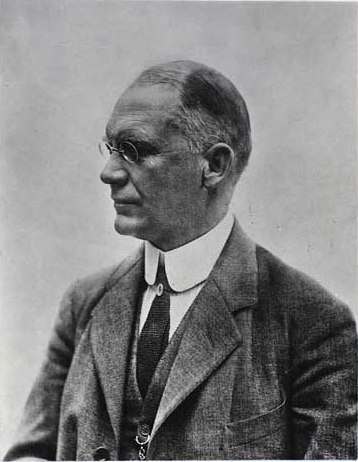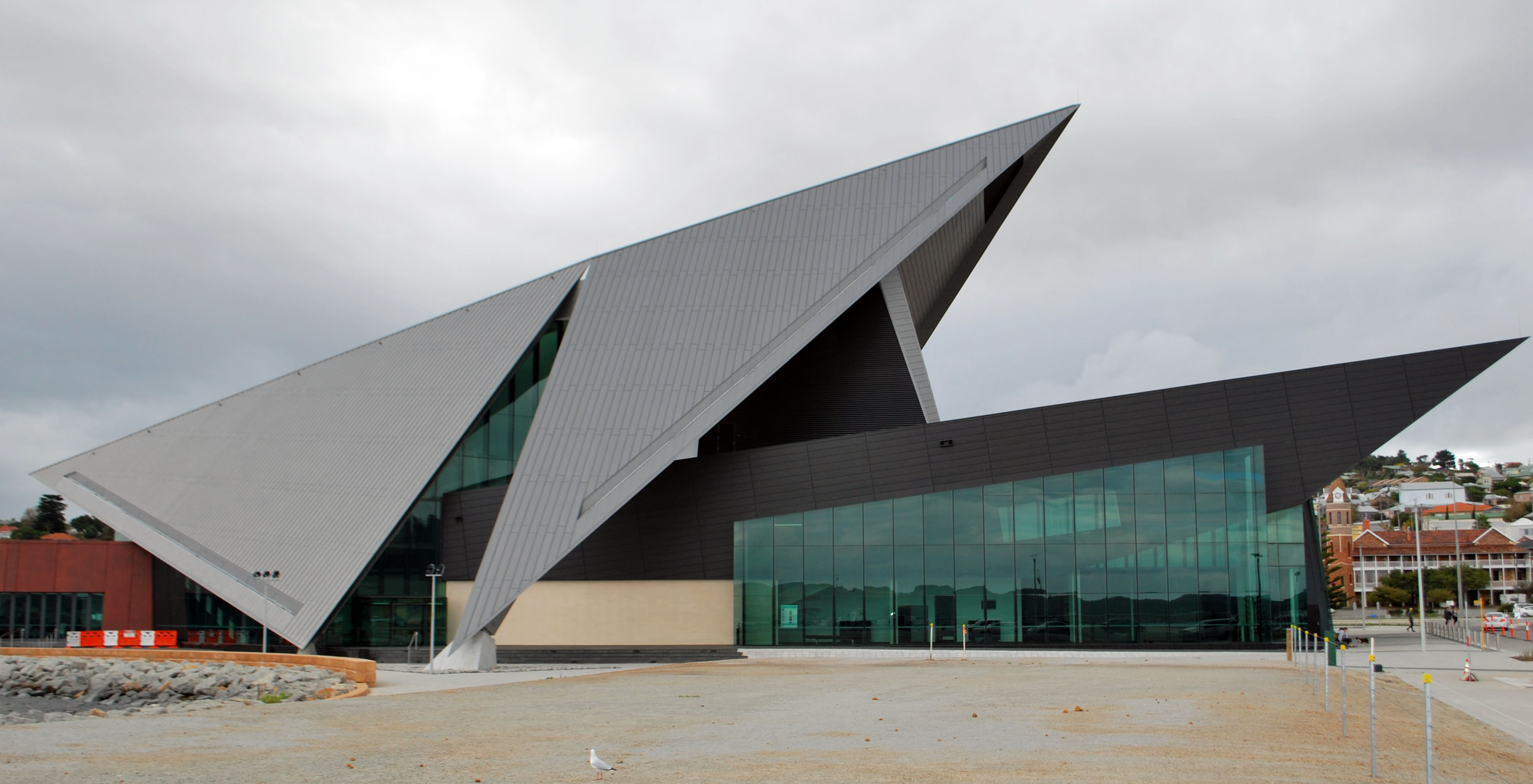|
Cyanicula Gertrudiae
''Cyanicula gertrudae'', commonly known as the pale china orchid, is a plant in the orchid family Orchidaceae and is endemic to the south-west of Western Australia. It has a small, oval leaf and one or two pale blue, sweetly-scented flowers. It is similar to '' Caladenia gemmata'' but its leaf is green on both surfaces, the flower is scented and the labellum is striped. Description ''Cyanicula gertrudae'' is a terrestrial, perennial, deciduous, herb with an underground tuber. It has a single bristly leaf, long, wide and green on both surfaces. Up to three pale blue, sweetly-scented flowers long and wide are borne on a stalk tall. The dorsal sepal is erect, long and wide. The lateral sepals have about the same dimensions as the dorsal sepal and the petals are slightly shorter and narrower. The labellum is long, wide, white with bluish-mauve stripes and a down-turned tip. There are many small, scattered, bead-like calli covering the labellum. Flowering occurs from Septem ... [...More Info...] [...Related Items...] OR: [Wikipedia] [Google] [Baidu] |
Carl Hansen Ostenfeld
Carl Emil Hansen Ostenfeld (born Carl Emil Ostenfeld-Hansen) (3 August 1873 – 16 January 1931) was a Danish systematic botanist. He graduated from the University of Copenhagen under professor Eugenius Warming. He was a keeper at the Botanical Museum 1900–1918, when he became professor of botany at the Royal Veterinary and Agricultural University. In 1923, by the early retirement of Raunkiær's, Ostenfeld became professor of botany at the University of Copenhagen and director of the Copenhagen Botanical Garden, both positions held until his death in 1931. He was a member of the Royal Danish Academy of Sciences and Letters and served on the board of directors of the Carlsberg Foundation. Ostenfeld is known as an explorer of the Danish flora, including marine plankton, as well as the flora of Western Australia. Ostenfeld participated in the Ingolf expedition (1885-86) to the waters around Iceland and Greenland, and in 1911 in the International Phytogeographic Excursion ... [...More Info...] [...Related Items...] OR: [Wikipedia] [Google] [Baidu] |
Plants Described In 1920
Plants are the eukaryotes that form the kingdom Plantae; they are predominantly photosynthetic. This means that they obtain their energy from sunlight, using chloroplasts derived from endosymbiosis with cyanobacteria to produce sugars from carbon dioxide and water, using the green pigment chlorophyll. Exceptions are parasitic plants that have lost the genes for chlorophyll and photosynthesis, and obtain their energy from other plants or fungi. Most plants are multicellular, except for some green algae. Historically, as in Aristotle's biology, the plant kingdom encompassed all living things that were not animals, and included algae and fungi. Definitions have narrowed since then; current definitions exclude fungi and some of the algae. By the definition used in this article, plants form the clade Viridiplantae (green plants), which consists of the green algae and the embryophytes or land plants ( hornworts, liverworts, mosses, lycophytes, ferns, conifers and other gym ... [...More Info...] [...Related Items...] OR: [Wikipedia] [Google] [Baidu] |
Orchids Of Western Australia
Among the many wildflowers in Western Australia, there are around four hundred species of orchids. Early identifications One of the first botanists to study Western Australia was Archibald Menzies, aboard HMS Discovery (1789), HMS ''Discovery'', who explored King George Sound in 1791. Many of the samples (including orchids) were lost in the return to England, but those that did survive were documented in ''Prodromus Florae Novae Hollandiae et Insulae Van Diemen'', published by Robert Brown (botanist, born 1773), Robert Brown in 1810. The first three orchids from Western Australia to be named were ''Caladenia menziesii'' (now ''Leptoceras menziesii''), ''Caladenia flava'', and ''Diuris longifolia''. In 1802 Robert Brown himself collected 500 specimens of flora from Western Australia, including: *Diuris emarginata var. emarginata, ''Diuris emarginata'' var. ''emarginata'' *Diuris emarginata var. pauciflora, ''Diuris emarginata'' var. ''pauciflora'' *''Diuris setacea'' *''Epiblem ... [...More Info...] [...Related Items...] OR: [Wikipedia] [Google] [Baidu] |
Endemic Orchids Of Australia
Endemism is the state of a species being found only in a single defined geographic location, such as an island, state, nation, country or other defined zone; organisms that are indigenous to a place are not endemic to it if they are also found elsewhere. For example, the Cape sugarbird is found exclusively in southwestern South Africa and is therefore said to be ''endemic'' to that particular part of the world. An endemic species can also be referred to as an ''endemism'' or, in scientific literature, as an ''endemite''. Similarly, many species found in the Western ghats of India are examples of endemism. Endemism is an important concept in conservation biology for measuring biodiversity in a particular place and evaluating the risk of extinction for species. Endemism is also of interest in evolutionary biology, because it provides clues about how changes in the environment cause species to undergo range shifts (potentially expanding their range into a larger area or becomin ... [...More Info...] [...Related Items...] OR: [Wikipedia] [Google] [Baidu] |
Cyanicula
''Cyanicula'', commonly known as blue orchids, is a genus of twelve species of plants in the orchid family, Orchidaceae. All are endemic to Australia, eleven are endemic to Western Australia and one species occurs in eastern Australia. While both the common and scientific names refer to "blue", the two subspecies of '' C. ixioides'' have yellow or white flowers. They are similar to orchids in the genus ''Caladenia'' but differ in their flowers colour and in other important ways. Description Orchids in the genus ''Caladenia'' are terrestrial, perennial, deciduous, sympodial herbs with a few inconspicuous, fine roots and a tuber partly surrounded by a fibrous sheath. Unlike orchids in the genus ''Caladenia'', the tuber does not produces "droppers" - instead replacing itself within the same cavity. There is a single hairy convolute leaf at the base of the plant. Unlike the hairs on caladenia leaves, the hairs do not have an enlarged cell at their base. The leaf is linear to egg-sh ... [...More Info...] [...Related Items...] OR: [Wikipedia] [Google] [Baidu] |
Department Of Parks And Wildlife (Western Australia)
The Department of Parks and Wildlife (DPaW) was the department of the Government of Western Australia responsible for managing lands described in the ''Conservation and Land Management Act 1984'' and implementing the state's conservation and environment legislation and regulations. The minister responsible for the department was the Minister for the Environment (Western Australia), Minister for the Environment. History The Department of Environment and Conservation (Western Australia), Department of Environment and Conservation (DEC) was separated on 30 June 2013, forming the Department of Parks and Wildlife (DPaW) and the Department of Environment Regulation (DER), both of which commenced operations on 1 July 2013. DPaW focused on managing multiple use state forests, national parks, marine parks and reserves. DER focused on environmental regulation, approvals and appeals processes, and pollution prevention. It was announced on 28 April 2017 that the Department of Parks and Wi ... [...More Info...] [...Related Items...] OR: [Wikipedia] [Google] [Baidu] |
IBRA
The Interim Biogeographic Regionalisation for Australia (IBRA) is a biogeography, biogeographic regionalisation of Australia developed by the Australian government's Department of Sustainability, Environment, Water, Population and Communities (Australia), Department of Sustainability, Environment, Water, Population, and Communities. It was developed for use as a planning tool, for example for the establishment of a national Reserve System, national reserve system. The first version of IBRA was developed in 1993–94 and published in 1995. Within the broadest scale, Australia is a major part of the Australasia Australasian realm, biogeographic realm, as developed by the World Wide Fund for Nature. Based on this system, the world is also split into Biome#Olson & Dinerstein (1998) biomes for WWF / Global 200, 14 terrestrial habitats, also called biomes, of which eight are shared by Australia. The Australian land mass is divided into 89 bioregions and 419 Terrestrial ecoregion, subr ... [...More Info...] [...Related Items...] OR: [Wikipedia] [Google] [Baidu] |
Warren (biogeographic Region)
Warren, also known as Karri Forest Region and the Jarrah-Karri forest and shrublands ecoregion, is a biogeographic region in southern Western Australia. Located in the southwest corner of Western Australia between Cape Naturaliste and Albany, it is bordered to the north and east by the Jarrah Forest region. Its defining characteristic is an extensive tall forest of ''Eucalyptus diversicolor'' (karri). This occurs on dissected, hilly ground, with a moderately wet climate. Karri is a valuable timber and much of the karri forest has been logged over, but less than a third has been cleared for agriculture. Recognised as a region under the Interim Biogeographic Regionalisation for Australia (IBRA), and as a terrestrial ecoregion by the World Wide Fund for Nature, it was first defined by Ludwig Diels in 1906. Geography and geology The Warren region is defined as the coastal sandplain between Cape Naturaliste and Albany. Extending from the ocean to the edge of the Yilgarn craton ... [...More Info...] [...Related Items...] OR: [Wikipedia] [Google] [Baidu] |
Jarrah Forest
Jarrah Forest, also known as the Southwest Australia woodlands, is an interim Australian bioregion and ecoregion located in the south west of Western Australia.IBRA Version 6.1 data The name of the bioregion refers to the region's dominant plant community, jarrah forest – a tall, open forest in which the dominant overstory tree is jarrah ('''').Koch, J. M., & Samsa, G. P. (2007). Restoring Jarrah forest trees after bauxite mining in Western Australia. Restoration Ecology, 15(s4), S17- ... [...More Info...] [...Related Items...] OR: [Wikipedia] [Google] [Baidu] |
Yallingup, Western Australia
Yallingup is a town in the South West region of Western Australia, south of Perth. Yallingup is a popular tourist destination because of its beaches and limestone caves, and proximity to Leeuwin-Naturaliste National Park. History and industry Yallingup's name means "Place of caves" in the local Aboriginal Wardandi dialect, with "yal" meaning "large hole"; the name has been rumoured to mean "place of love" due to the popularity of weddings and honeymoons in the town. After its caves were discovered by European settlers in 1899, Yallingup became popular with tourists, and its early infrastructure was photographed by Coyarre. There was a state primary school in Yallingup from 1905 to 1963; the site now contains a Steiner school. Around 1920, the Yallingup Hall, which was previously a school building in Karridale, was moved to the townsite and reassembled. Tourism and viticulture are Yallingup's primary industries. Geography and climate Yallingup is located south of Perth an ... [...More Info...] [...Related Items...] OR: [Wikipedia] [Google] [Baidu] |
Albany, Western Australia
Albany ( ; ) is a port city in the Great Southern region in the Australian state of Western Australia, southeast of Perth, the state capital. The city centre is at the northern edge of Princess Royal Harbour, which is a part of King George Sound. The central business district is bounded by Mount Clarence to the east and Mount Melville to the west. The city is in the local government area of the City of Albany. While it is the oldest colonial, although not European, settlement in Western Australia — predating Perth and Fremantle by over two years — it was a semi-exclave of New South Wales for over four years until it was made part of the Swan River Colony. The settlement was founded on 26 December 1826 as a military outpost of New South Wales for the purpose of forestalling French ambitions in the region. To that end, on 21 January 1827, the commander of the outpost, Major Edmund Lockyer, formally took possession for the British Crown of the portion of New Hol ... [...More Info...] [...Related Items...] OR: [Wikipedia] [Google] [Baidu] |








